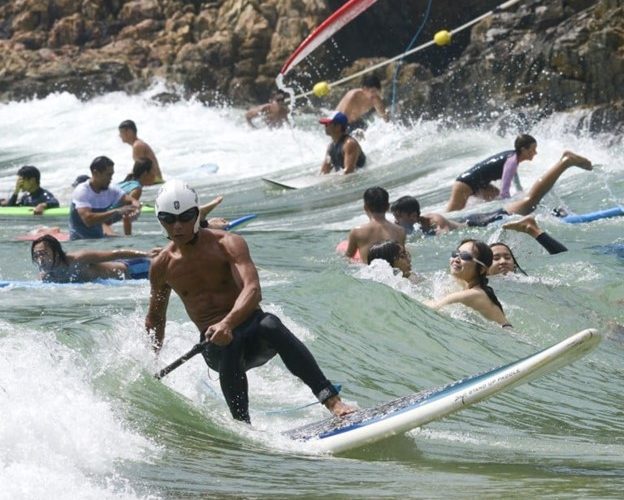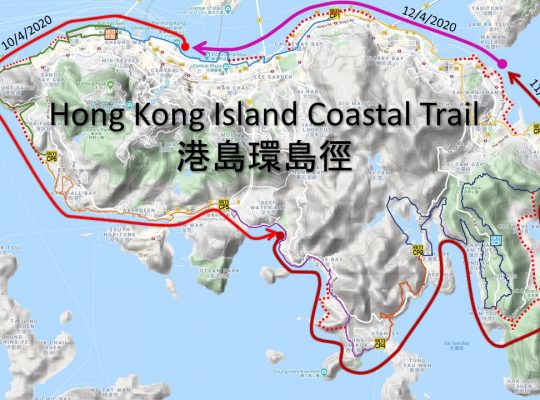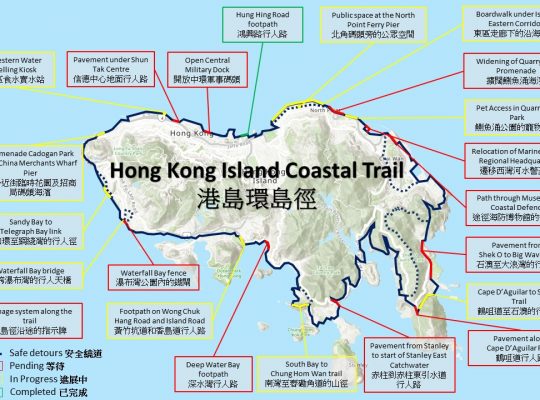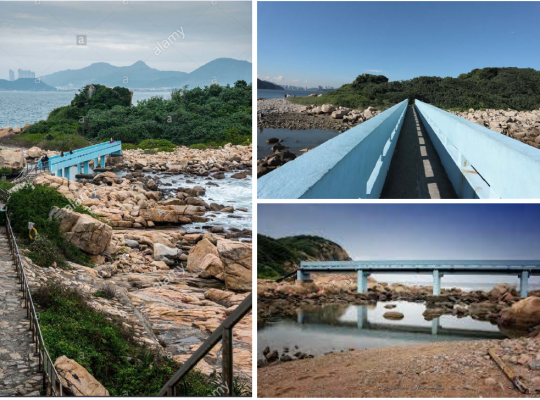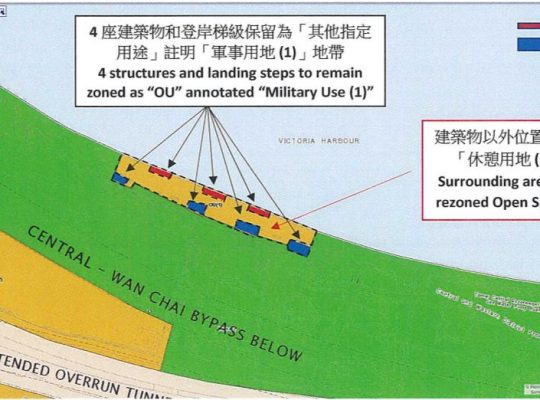People enjoy the sun and surf at Big Wave Bay, Hong Kong, on October 9, 2022. There has been an explosion in the use of water sports equipment such as surfboards, canoes, stand-up paddle boards, and sailing and rowing boats.
(Photo: Antony Dickson, South China Morning Post)
- Hong Kong has the longest coastline of any global city, and a growing community of pleasure boaters and water sports enthusiasts
- But it needs more infrastructure, including accessible shelter and storage for boats, and for someone in Government to lead the development of marine-based recreation, sports and tourism
Paul Zimmerman says Hong Kong has plenty of coastline and a growing community of pleasure boaters and marine recreation enthusiasts, but it needs more supporting infrastructure. Click here for our presentation to the Legislative Council and read below our article published in the South China Morning Post – both on 24 October 2023.
In our efforts to revive the economy, we are looking for opportunities and to showcase the unique strengths of our city. With the “Hello Hong Kong” and “Happy Hong Kong” campaigns, we focused on our nightlife and the tradition of street markets. Yet, there is another strength, and much overlooked, strength we can build on.
Hong Kong has the longest coastline of any global city: 456km around the main area, and 722km around the 263 islands larger than 500 square meters. We have more water surface (1,647km2) than land (1,108km2). These natural assets are a unique opportunity for Hong Kong to set itself apart.
To do so, we will have to answer the question: “Who is in charge” of the development of the recreational marine industry. The remit of the Marine Department is limited as it mainly looks after the safety of licensed vessels and marine traffic. The Leisure and Cultural Services Department offers facilities for watersports, but it limits itself to mostly education and training.
What is missing in taking responsibility for the development of marine-based recreation, sports and tourism, is the Government ensuring that the community can safely store and use their own boats and water sports equipment.
Over the last 15 years, the number of registered pleasure boats has grown by 120%, compared to just 7% for local commercial vessels. Pleasure vessels now make up 60% of all local vessels – up from 42% in 2007. Moreover, there has been an explosion in the use of water sports equipment that do not require registration, such as surfboards, canoes, stand-up paddle boards, sailing and rowing boats.
Easily accessible shelter and storage is needed to keep vessels and water sports equipment safe from inclement weather. Unlike in Europe, the US or Australia, people in Hong Kong generally do not have such space at home. Moreover, many are reliant on public transport, which is unsuitable for carrying boats or surfboards.
As a result, owners are forced to keep boats out at sea without shelter or to tie up boards and canoes at unauthorised locations on land. This is neither safe nor encouraging. The Marine Department reported 474 vessels lost during Typhoon Mangkhut.


To address this, the first step is to include marine facilities in development plans. The Development Bureau has adopted our proposals to include a marina in the Tung Chung East New Town Extension, and to expand Aberdeen Harbour.
But the revival of plans to convert the former Shek O Quarry at Tai Tam Bay into a watersports complex, and the addition of new breakwaters at Sai Kung Town, Pak Sha Wan and at Yau Tong Bay are also needed to increase safe shelter and storage for boats and equipment in popular watersports areas.
Importantly, the Government should include typhoon shelters and water recreation facilities in the reclamation planned for Tseung Kwan O (Area 137) and Ma Liu Shui. This will benefit half a million residents around Junk Bay and one million residents around Tolo Harbour.
Step two is to add land-water interfaces that extend public space along waterfronts onto the nearby waters, such as piers, landing steps, boat ramps, and storage facilities for water sports equipment. The 10km shoreline of the Kai Tak development has only three sets of landing steps, unlike the typhoon shelters at Aberdeen and Shau Kei Wan, where they steps are provided at short distances.
At a minimum, we need landings to connect the Kwun Tong Typhoon Shelter with the Ngau Tau Kok MTR station, and to connect the Kai Tak Sports Park with both the head of the Kai Tak Approach Channel and with the To Kwa Wan typhoon shelter in Victoria Harbour. Piers and landings are needed along the southside of Hong Kong, including at Deep Water Bay, Repulse Bay, and Shek O, to match the local interest in water-based recreation.
The “to do list” is extensive and requires leadership. For a start, the Civil Engineering and Development Department (CEDD) can adjust reclamation works, built break waters and expand its Pier Improvement Program (PIP) underway in parts of Hong Kong to ensure the necessary infrastructure is built.
Equally important, we need to agree who in the Government will lead the progressive policies needed to develop marine-based recreation, sports and tourism. Achieving this will be a big win in a city short on land but rich on water.
Paul Zimmerman is CEO of Designing Hong Kong Limited and Vice-Chairman, Southern District Council
A version of this article was first published on 24 October 2023 in the South China Morning Post.



